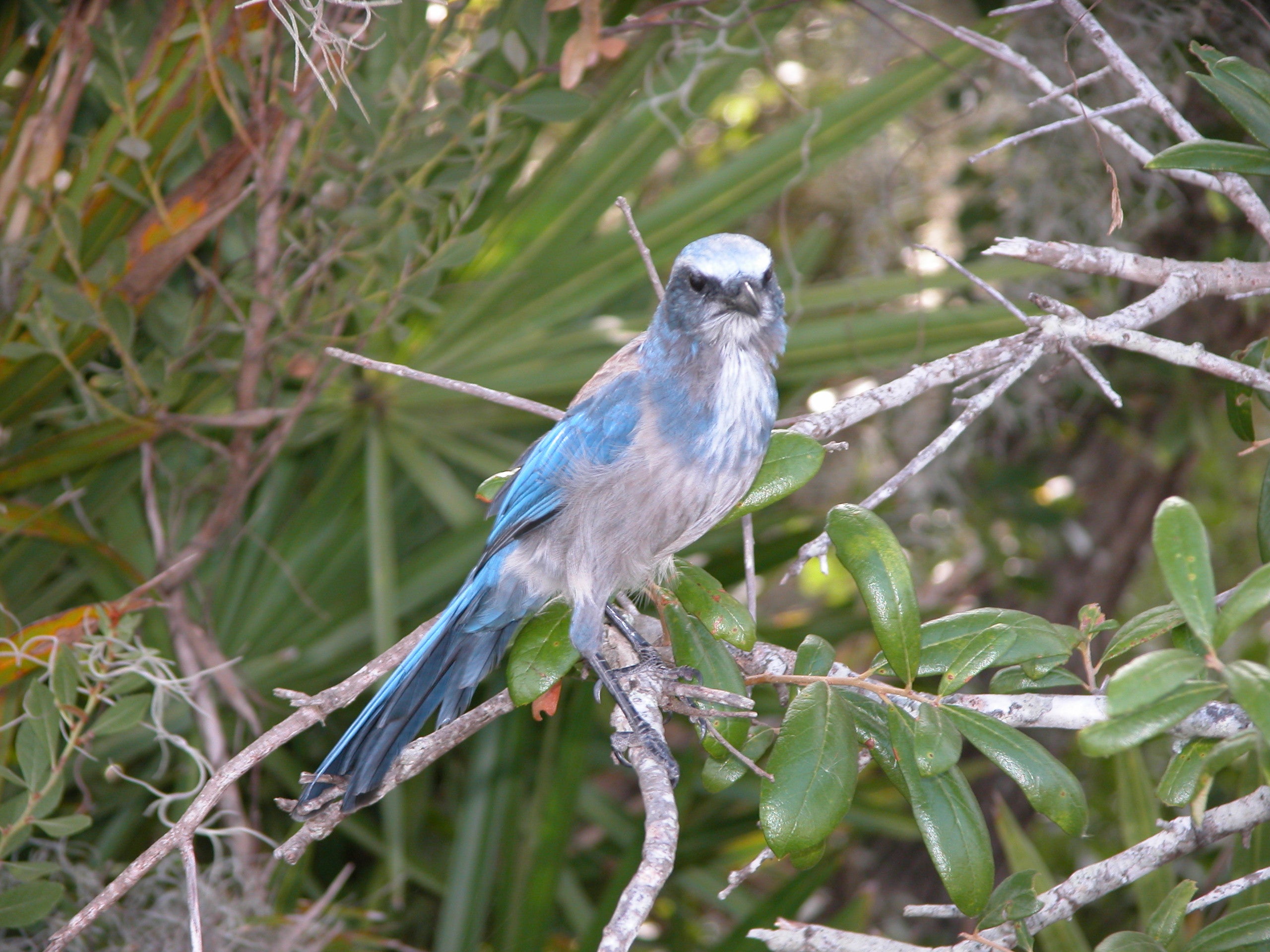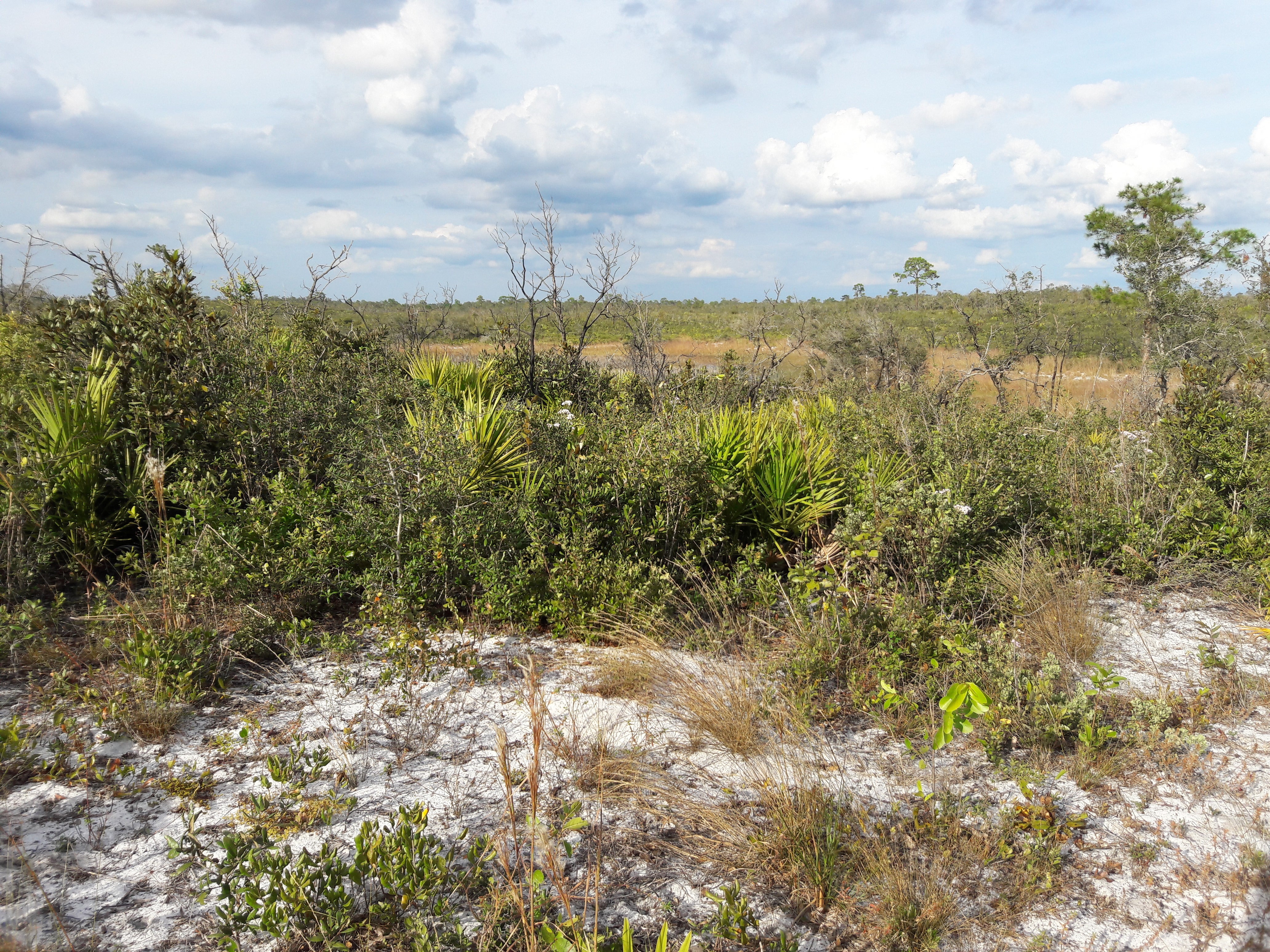
Ecology of the Upland Scrub and Sandhill Communities
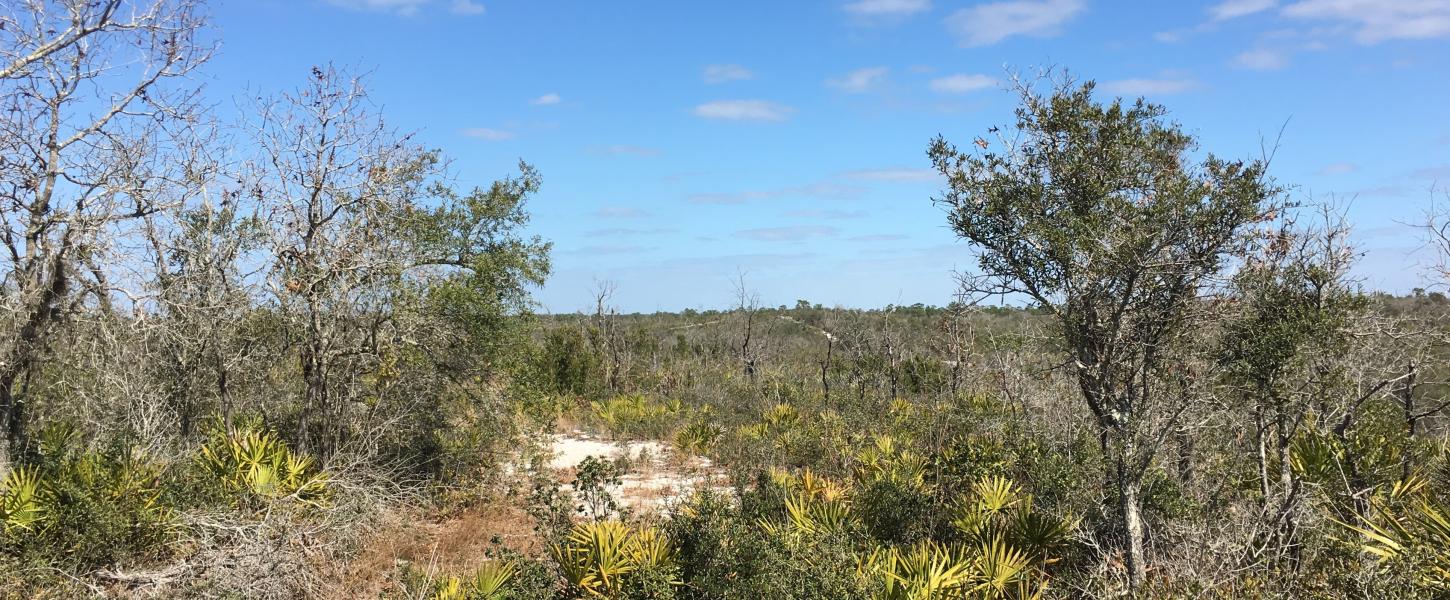
Allen David Broussard Catfish Creek Preserve State Park protects a mosaic of 15 unique natural communities, from high and dry scrub to low floodplain marsh. The two dominant natural communities in the preserve are scrub and sandhill, which both require fire to thrive.
The unique scrub ridge in the preserve is part of the Lake Wales Ridge and provides valuable habitat for many species of flora and fauna, including the imperiled gopher tortoise and Florida scrub-jay. The dominant plant species in the scrub ecosystem is a mix between scrub oaks, saw palmetto, sand live oak, myrtle oak, Chapman’s oak and rusty staggerbush. The canopy varies in height from 3 to 8 feet with scattered openings in the canopy and bare patches of sand that support many endemic plant species.

Sandhill communities are traditionally associated with wiregrass, turkey oak and longleaf pine, but sandhills in the preserve contain more of a scrub component such as the scrub oak. Due to lack of fire in the past, many of the turkey oaks, scrub hickories and other oaks have attained tree status in some of the sandhill areas, creating a canopy that has shaded out much of the wiregrass.
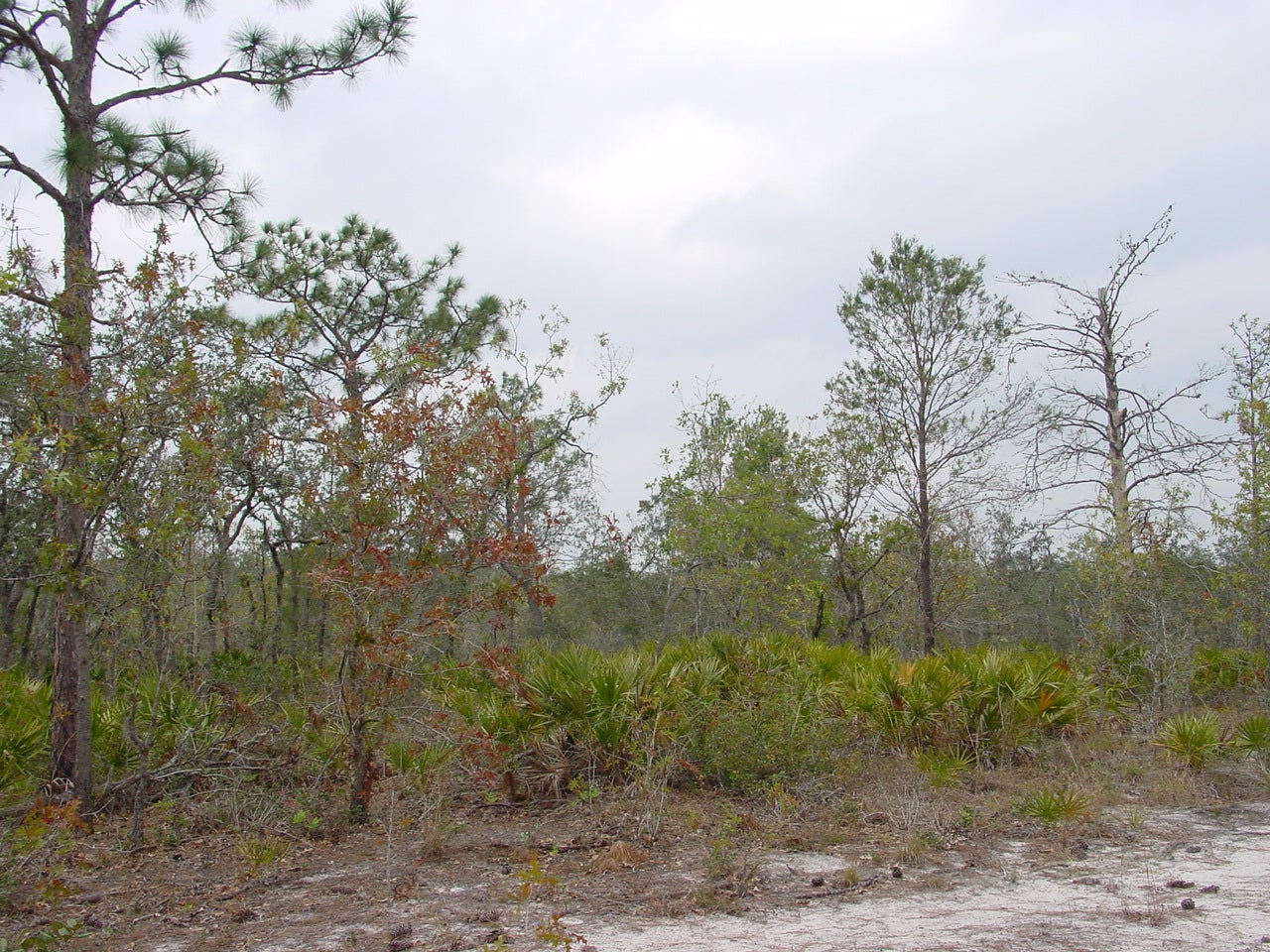
Prescribed fire plays an important role in the way we manage both dominant communities in the preserve, with a fire return interval in the scrub between four to 15 years. The desired effects from our prescribed burns are a mosaic of burned and unburned areas limiting the scrub height to less than 10 feet.
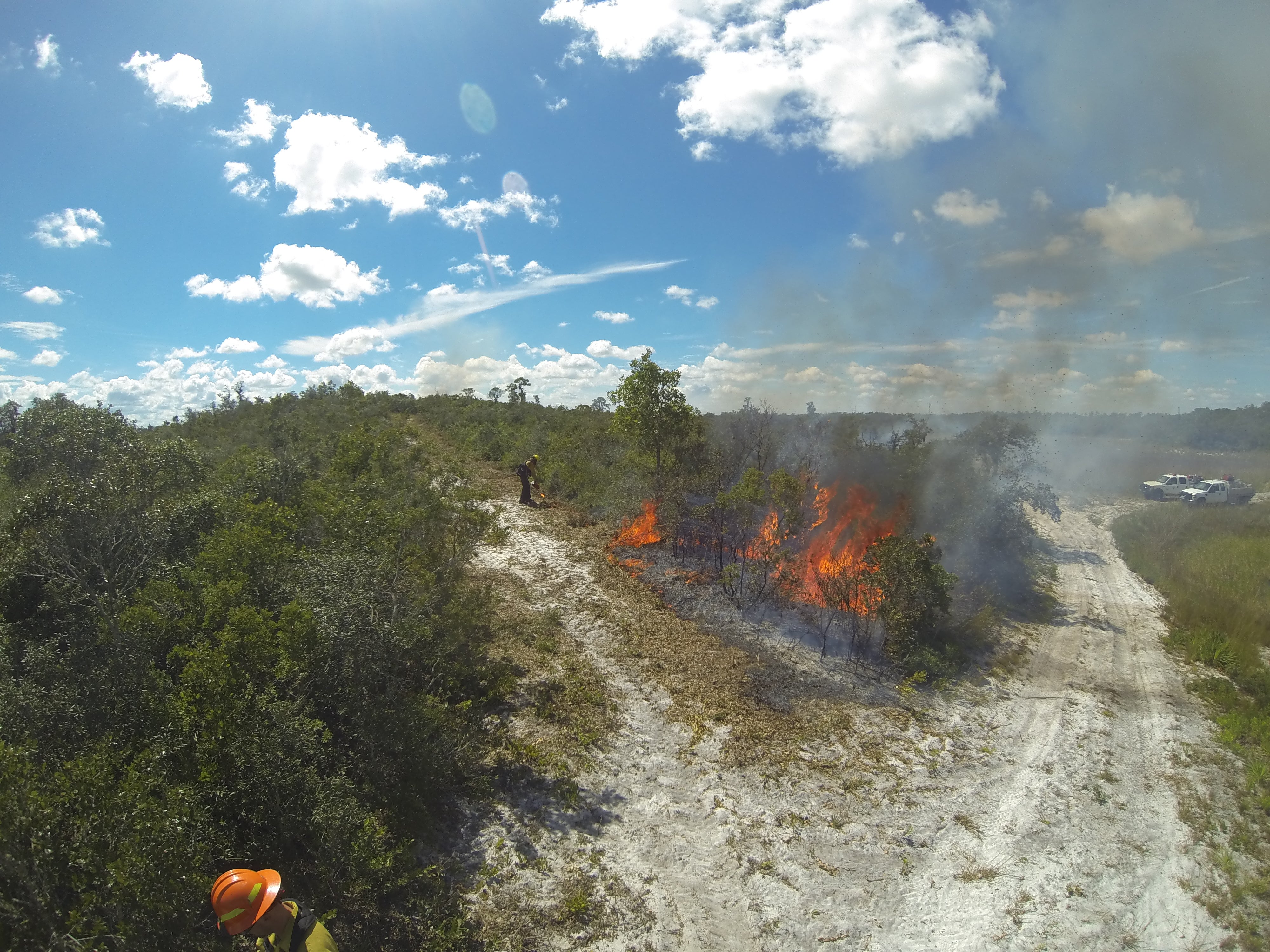
The Florida scrub-jay requires fire in this habitat to survive with an ideal scrub height between 6 and 8 feet, and if the scrub burns too frequently it will limit the acorn production that the scrub-jay needs as a food source. If the scrub height gets too high or acorns too few, the jays will be forced out of the area.
The sandhills in the park have a fire return interval of two to four years, and we are conducting more frequent prescribed fires to obtain the desired fire effect and return the communities to a more natural state. The goal is to remove some of the larger oak trees and reduce the amount of canopy throughout the sandhills, which will encourage wiregrass and longleaf pines to naturally regenerate after the fires.
